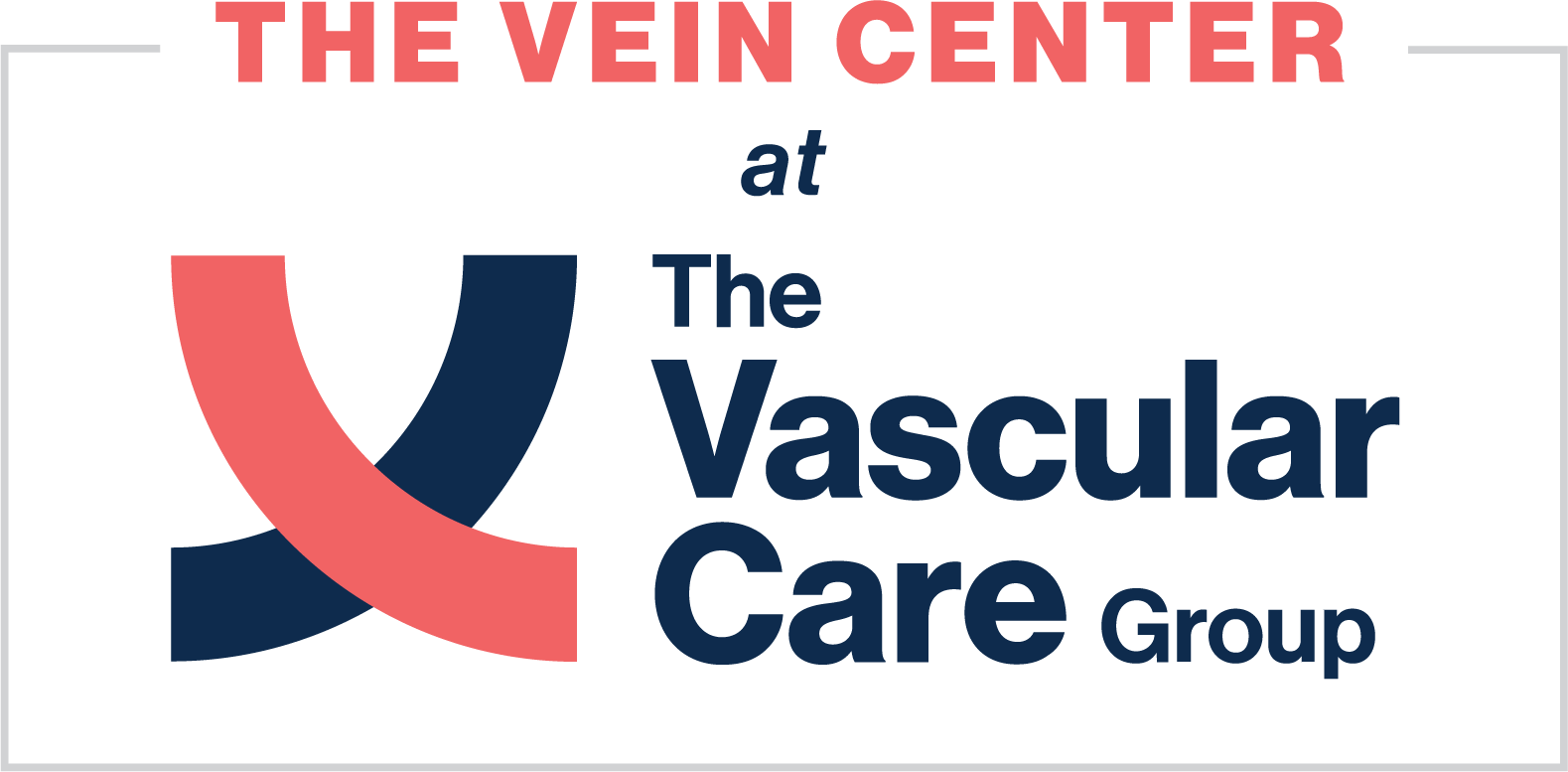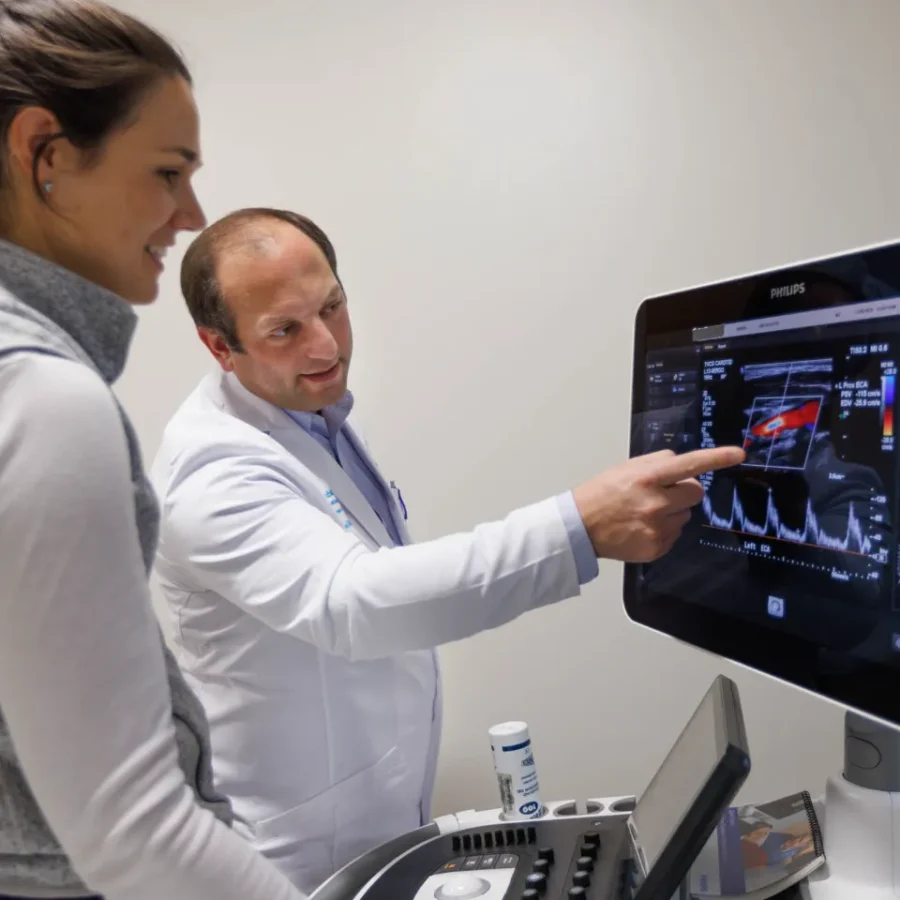
Overview

The Vein Center at TVCG’s team of Board-certified vascular surgeons and specialty-trained staff are dedicated to the prevention, diagnosis, and treatment of vein and vascular conditions. Our medical team cares deeply about the treatments we offer, and the technology used. At The Vein Center at TVCG, patients receive personalized attention, a custom treatment plan, and a team that is committed to your care. Vein conditions treated at our offices include:
Treatment Options
The Vein Center at TVCG specializes in a wide variety of vein treatment procedures. Our Board-certified physicians and expertly trained staff treat our patients with personalized attention and custom treatment plans. At The Vein Center at TVCG, we combine our experience with cutting-edge technology to deliver the best in patient care and outcomes.
What are varicose and spider veins?
Varicose veins appear as enlarged, rope-like veins in the legs. They are often a sign of underlying venous disease, specifically venous insufficiency. When a vein becomes “varicose” its internal valves malfunction. It is often thought that varicose veins are just a cosmetic issue and that they are synonymous with spider veins. However, if left untreated, varicose veins can lead to serious medical issues including phlebitis (vein inflammation), thrombosis (blood clots), and even skin ulcers. Typical symptoms of varicose veins might include heaviness, cramps, swelling, itching, throbbing, and fatigue.
Spider veins are the fine, red, blue, or purple veins that lie close to the surface of the skin. Although not painful, spider veins can blemish the appearance of your legs. These dilated blood vessels often form sunburst- like patterns. While some have the appearance of a spider web, others may resemble a tree with branches. Depending on factors such as lifestyle, health issues and physical appearance, spider veins will look different on everyone.
Endovenous Ablation
Radiofrequency (RF) Ablation is a revolutionizing treatment of chronic venous insufficiency and varicose veins. It is an advanced, minimally invasive office procedure that can rapidly treat varicose veins with minimal discomfort. Under local anesthesia, a catheter is inserted into the target vein. As the catheter is slowly withdrawn the malfunctioning vein is heated and sealed. Return to daily activity is immediate.
Venaseal (glue):
Uses an adhesive to close the diseased vein without anesthesia. Glue is left in the vein.
Varithena (polidocanol):
Uses a foam to close the diseased vein, this foam can spread into branch veins and under skin ulcerations.
Ambulatory Phlebectomy
Ambulatory Phlebectomy is a method of removal for larger, thicker, surface varicose veins (the spongy coiled veins just beneath the skin). Unlike traditional surgical techniques, micro-incisions are made to gently remove the undesired veins. The incisions are so small that stitches are not necessary and heal with virtually no scarring.
Aesthetic Vein Treatment
Very small superficial veins or spider veins can be treated using sclerotherapy. The delicate network of unsightly veins can diminish within weeks, making legs look years younger, healthier, and more attractive.
Sclerotherapy
A simple and effective treatment for unwanted spider veins. In this procedure, a solution is injected into the spider veins with a fine needle, causing them to shrink. Over time the treated blood vessels fade and disappear.
